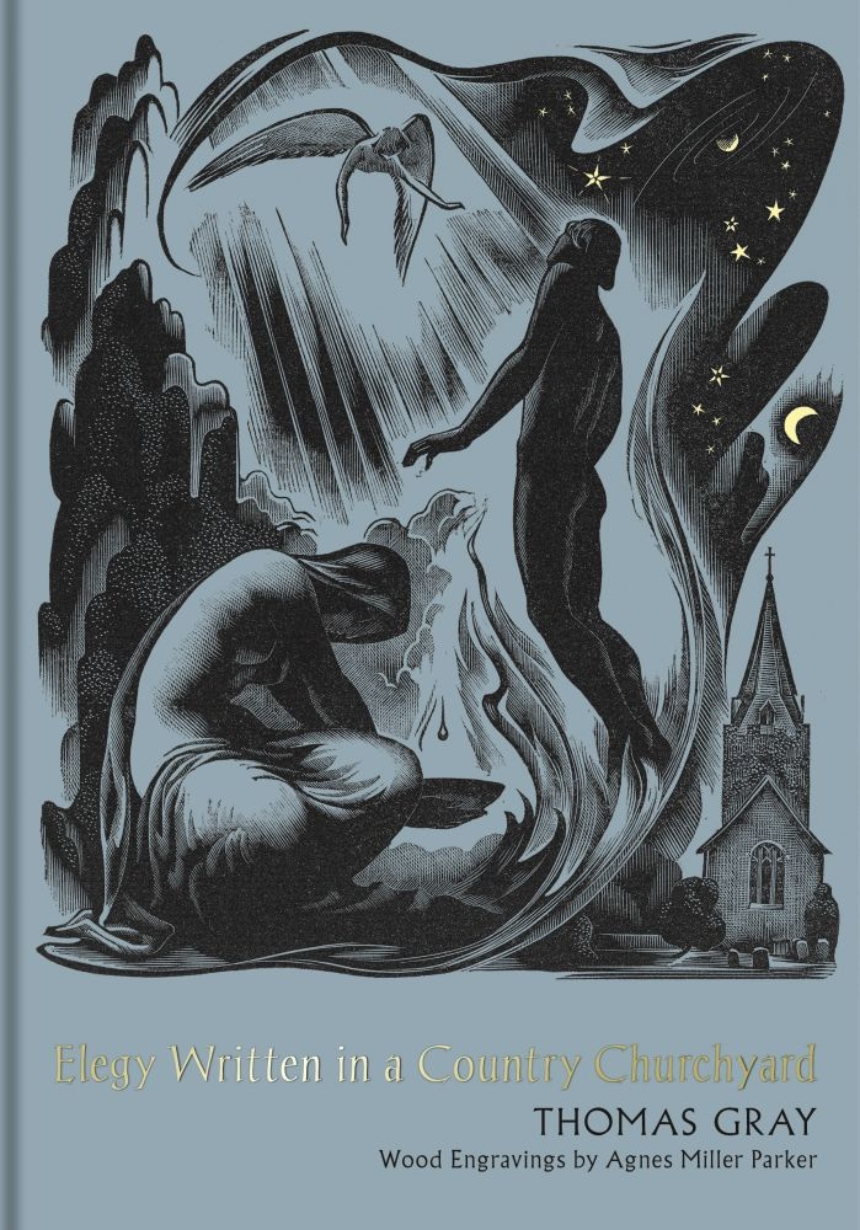Non-human objects, animals, or abstract concepts are given human qualities or characteristics, as if they have human traits, emotions, or behaviors.
Personification
Tells us who is telling the story, who is narrating the story. It is either told through their personal experience or someone's else experience.
Point-of-view
an author or speaker intentionally uses exaggeration and overstatement for emphasis and effect.

Hyperbole
“Passed away” instead of “died”
“Let go” instead of “fired”
“Under the weather” instead of “sick”
euphemism
A word or phrase that softens an uncomfortable topic.
-A fire station burns down
-Police station gets robbed
-Marriage counselor files for divorce
-Pilot has a fear of heights

Irony
When a moment of dialogue or plot contradicts what was expected to happen.
refers to the emotional response that the writer wishes to evoke in the reader through a story.
Mood
The author’s attitude toward a certain topic.

Tone
A poem normally of fourteen lines in any of several fixed verse and rhyme schemes, typically in rhymed iambic pentamete
Sonnet
"Y'all are gonna wanna see the wicked test Hank is doing"
Diction
The choice and use of words and phrases in speech or writing.
-Ivan the Terrible
-Wine-dark sea
-Gray-eyed Athena
Epithet
An adjective or phrase that is used to express a characteristic of a person or thing
A question asked for the dramatic effect that isn't in need of an answer
rhetorical question
Designed to imitate or mock it’s subject my means of comedy usually through satire or irony. They can often be about a real-life person, event, or subject.
parody
The use of humor, irony, exaggeration, or ridicule to expose and criticize people's stupidity or vices, particularly in the context of contemporary politics and other topical issues.
Satire
"Don't act like a Scrooge"
Allusion
A reference to a person, event, or thing or to a part of another text
-South park
-The Three Stooges
-Hangover
Farce
A type of comedy, mainly used in dramas and also has exaggeration
A situation, person, or thing that combines contradictory features or qualities.
paradox
When you place two concepts or objects next to or near each other, thereby highlighting their innate differences and similarities

juxtaposition
A group of words that directly contradict each other but are still used in the same phrase/sentence
oxymoron
Fair is foul and foul is fair
She has all my love; my heart is hers
Chiasmus
A repetition of similar ideas in the reversed sequence
-A red rose is a symbol of love and cozy
-A red rose is a flower bore by a thorny shrub
Connotation/denotation
Connotation is the emotional and imaginative association surrounding a word, while denotation is the strict dictionary meaning of a word
The name of an object or concept is replaced with a word closely related to or suggested by the original
metonymy
A figure of speech in which a part is made to represent the whole or vice versa

Synecdoche
A narrative story used to convey an abstract message.
allegory
- "O Captain, My Captain" by Walt Whitman.
- "To an Athlete Dying Young" by A.E. Housman.
- "Elegy Written in a Country Churchyard," by Thomas Gray.

Elegely
a form of poetry in which the poet or speaker expresses grief, sadness, or loss
"Blow winds, blow!"
Apostrophe
a speech or address to a person who is not present or to a personified object